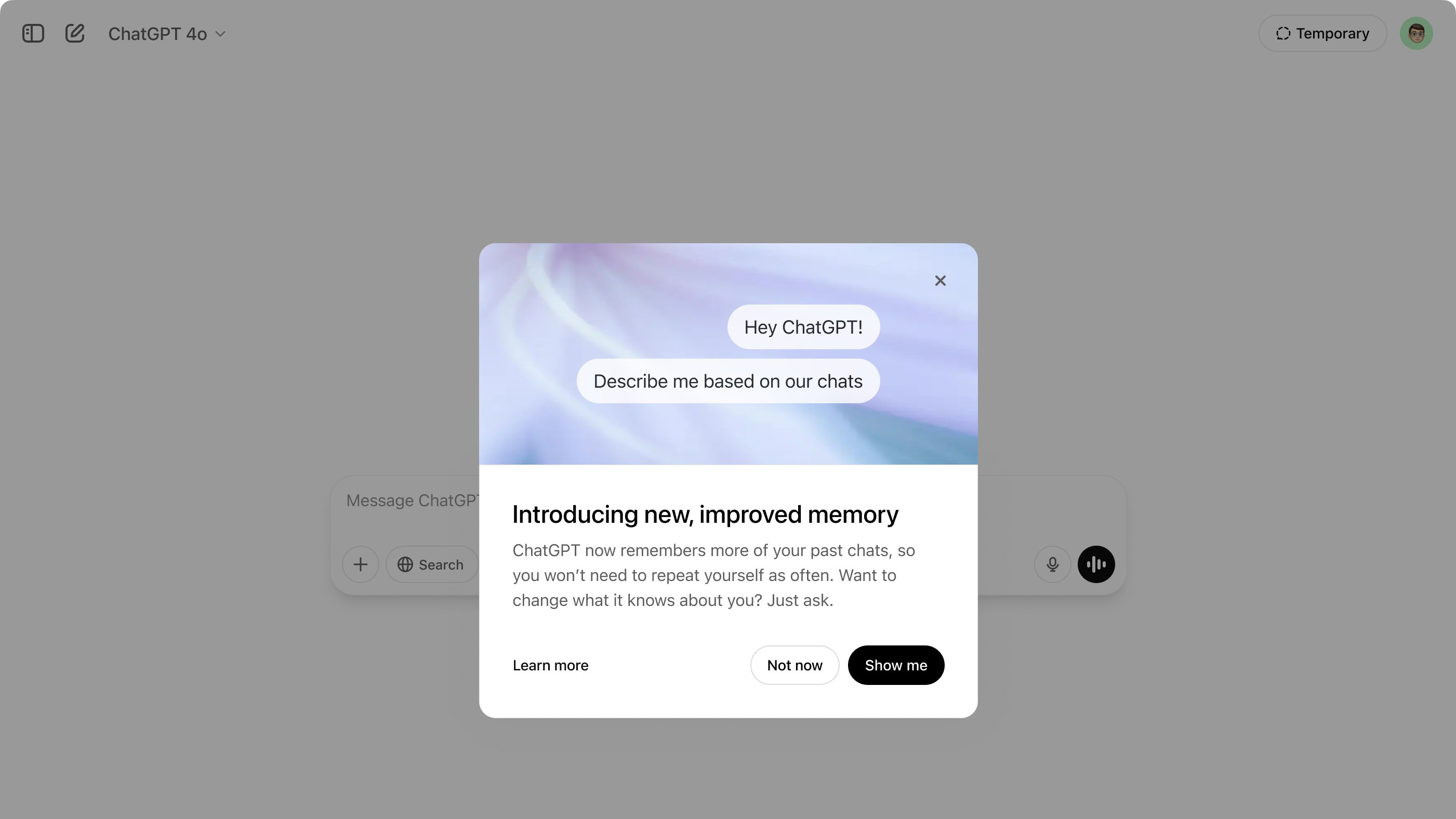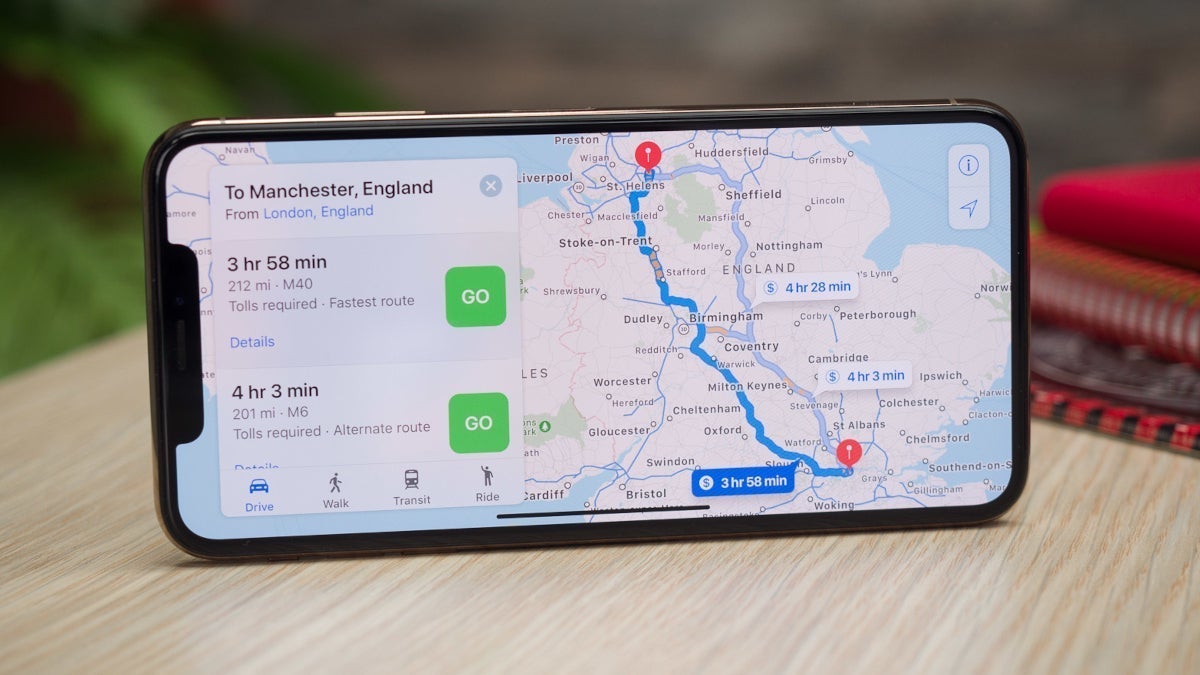Building a production-level Node.js project involves several key
Building a production-level Node.js project involves several key considerations to ensure reliability, scalability, and maintainability. Here's a breakdown of essential steps and best practices: *Project Setup and Structure: * Initialize a new project using npm init or yarn init. Organize code into modules using a clear directory structure (e.g., src/controllers, src/models, src/routes, src/services). Use a version control system like Git for code management. *Framework Selection: * Choose a framework like Express.js for building web applications or APIs. Consider NestJS for more structured and scalable applications. *Dependency Management: * Use npm or yarn to manage project dependencies. Specify exact versions for dependencies in package.json to avoid compatibility issues. *Configuration Management: * Use environment variables to store sensitive information and configuration settings. Utilize a library like dotenv to manage environment variables in development. *Database Integration: * Choose a suitable database (e.g., PostgreSQL, MongoDB, MySQL). Use an ORM or ODM (e.g., Sequelize, Mongoose) for database interaction. *Authentication and Authorization: * Implement secure authentication mechanisms (e.g., JWT, OAuth). Use middleware for authorization and access control. *7Logging and Error Handling: * Implement robust logging using a library like Winston or Morgan. Handle errors gracefully with centralized error handling middleware. *Testing: * Write unit tests, integration tests, and end-to-end tests using frameworks like Jest or Mocha. Implement continuous integration (CI) to automate testing. *Security: * Protect against common web vulnerabilities (e.g., XSS, CSRF, SQL injection). Use HTTPS for secure communication. Regularly update dependencies to patch security vulnerabilities. *Performance Optimization: * Use a process manager like PM2 or nodemon for production deployments. Implement caching mechanisms (e.g., Redis, Memcached). Monitor application performance using tools like New Relic or Datadog. *Deployment: * Choose a hosting platform (e.g., AWS, Google Cloud, Heroku). Automate deployments using tools like Docker and CI/CD pipelines. *Documentation: * Write clear and comprehensive documentation for the API and application. Use tools like Swagger or JSDoc to generate API documentation. *Monitoring and Maintenance: * Set up monitoring and alerting for production systems. Regularly review logs and performance metrics. Plan for ongoing maintenance and updates
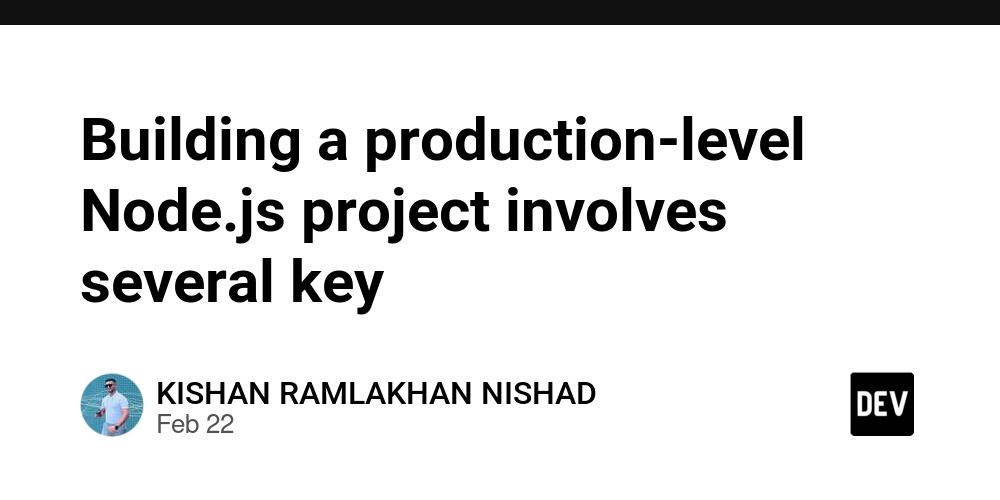
Building a production-level Node.js project involves several key considerations to ensure reliability, scalability, and maintainability. Here's a breakdown of essential steps and best practices:
*Project Setup and Structure:
*
- Initialize a new project using npm init or yarn init.
- Organize code into modules using a clear directory structure (e.g., src/controllers, src/models, src/routes, src/services).
- Use a version control system like Git for code management.
*Framework Selection:
*
- Choose a framework like Express.js for building web applications or APIs.
- Consider NestJS for more structured and scalable applications.
*Dependency Management:
*
- Use npm or yarn to manage project dependencies.
- Specify exact versions for dependencies in package.json to avoid compatibility issues.
*Configuration Management:
*
- Use environment variables to store sensitive information and configuration settings.
- Utilize a library like dotenv to manage environment variables in development.
*Database Integration:
*
- Choose a suitable database (e.g., PostgreSQL, MongoDB, MySQL).
- Use an ORM or ODM (e.g., Sequelize, Mongoose) for database interaction.
*Authentication and Authorization:
*
- Implement secure authentication mechanisms (e.g., JWT, OAuth).
- Use middleware for authorization and access control.
*7Logging and Error Handling:
*
- Implement robust logging using a library like Winston or Morgan.
- Handle errors gracefully with centralized error handling middleware.
*Testing:
*
- Write unit tests, integration tests, and end-to-end tests using frameworks like Jest or Mocha.
- Implement continuous integration (CI) to automate testing.
*Security:
*
- Protect against common web vulnerabilities (e.g., XSS, CSRF, SQL injection).
- Use HTTPS for secure communication.
- Regularly update dependencies to patch security vulnerabilities.
*Performance Optimization:
*
- Use a process manager like PM2 or nodemon for production deployments.
- Implement caching mechanisms (e.g., Redis, Memcached).
- Monitor application performance using tools like New Relic or Datadog.
*Deployment:
*
- Choose a hosting platform (e.g., AWS, Google Cloud, Heroku).
- Automate deployments using tools like Docker and CI/CD pipelines.
*Documentation:
*
- Write clear and comprehensive documentation for the API and application.
- Use tools like Swagger or JSDoc to generate API documentation.
*Monitoring and Maintenance:
*
- Set up monitoring and alerting for production systems.
- Regularly review logs and performance metrics.
- Plan for ongoing maintenance and updates












































































































































































![[The AI Show Episode 143]: ChatGPT Revenue Surge, New AGI Timelines, Amazon’s AI Agent, Claude for Education, Model Context Protocol & LLMs Pass the Turing Test](https://www.marketingaiinstitute.com/hubfs/ep%20143%20cover.png)


































































































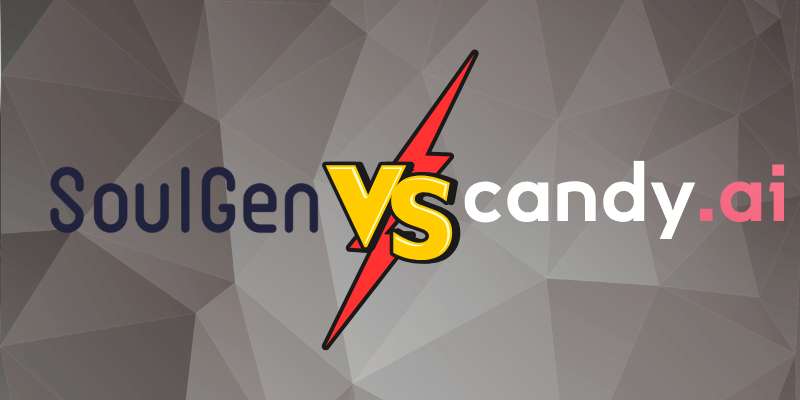











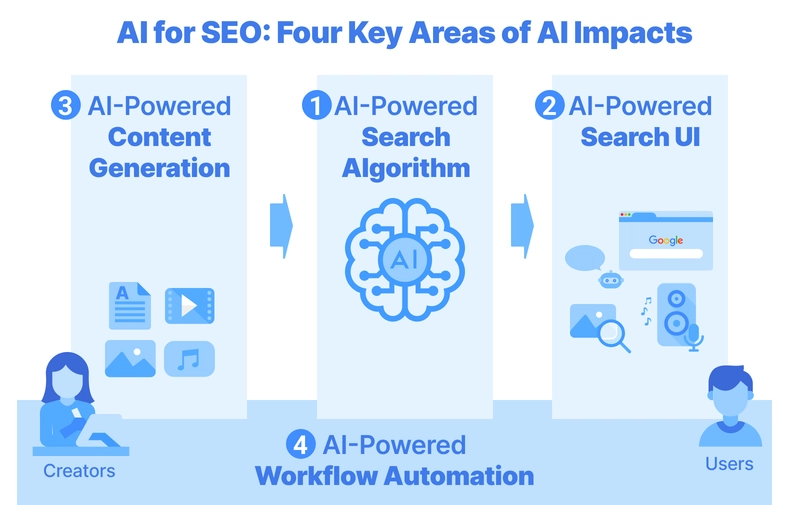
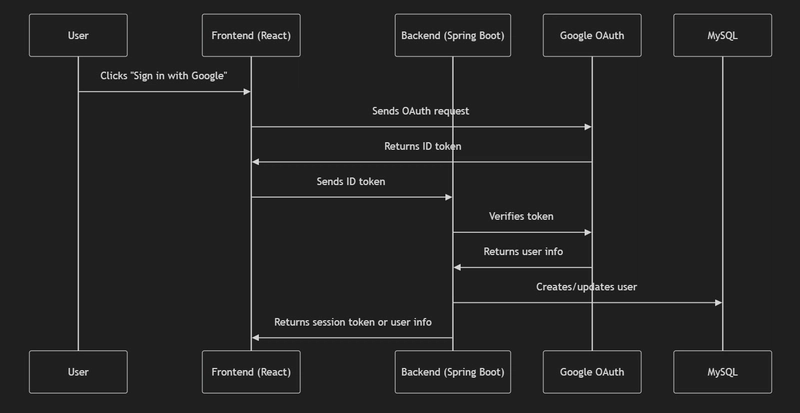













![From Accountant to Data Engineer with Alyson La [Podcast #168]](https://cdn.hashnode.com/res/hashnode/image/upload/v1744420903260/fae4b593-d653-41eb-b70b-031591aa2f35.png?#)



































































































.png?#)











.png?width=1920&height=1920&fit=bounds&quality=70&format=jpg&auto=webp#)











































































































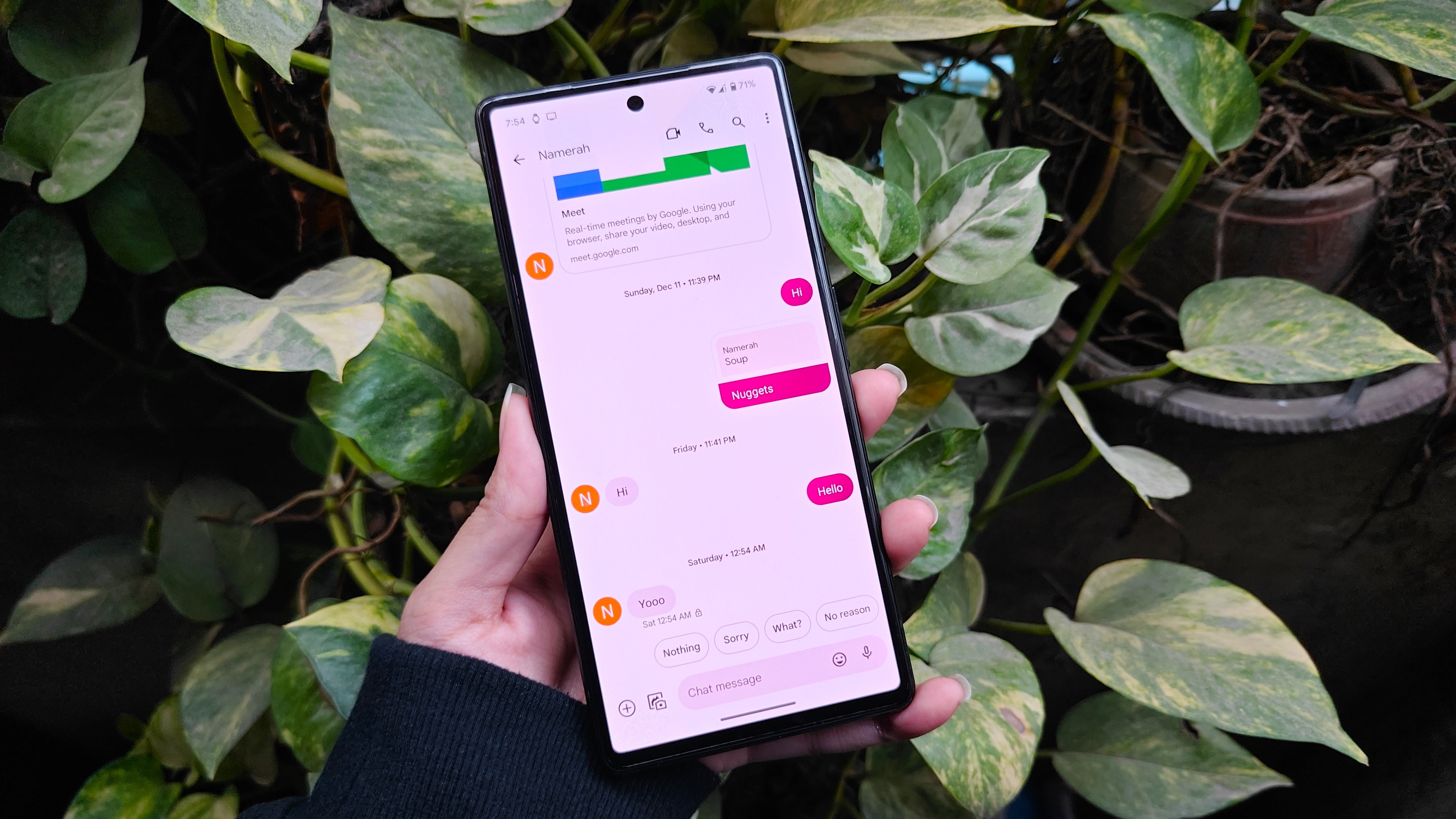
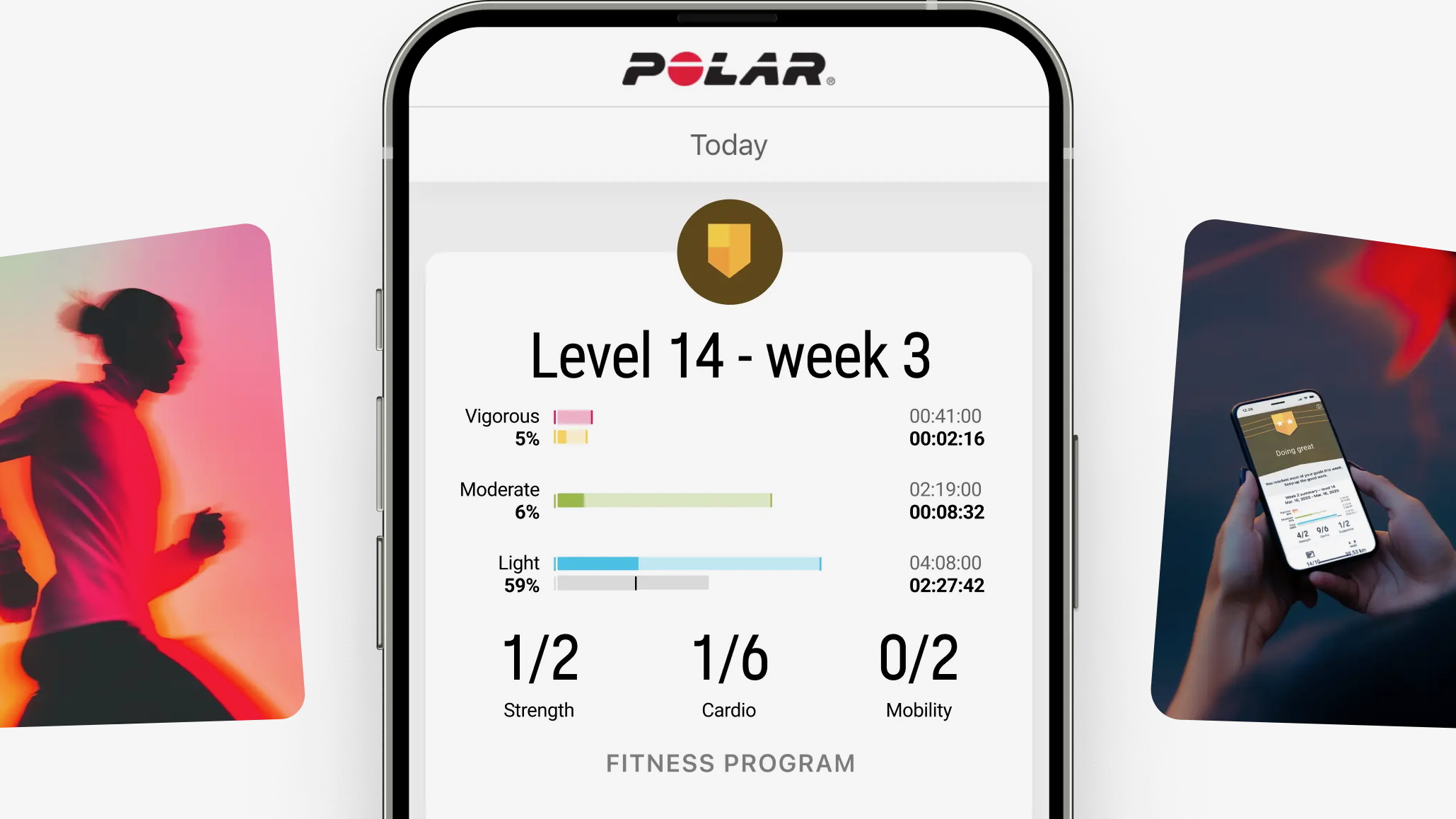





















![Apple Posts Full First Episode of 'Your Friends & Neighbors' on YouTube [Video]](https://www.iclarified.com/images/news/96990/96990/96990-640.jpg)

![Apple May Implement Global iPhone Price Increases to Mitigate Tariff Impacts [Report]](https://www.iclarified.com/images/news/96987/96987/96987-640.jpg)
![Apple Aims to Launch Revamped Siri This Fall After AI Setbacks [Report]](https://www.iclarified.com/images/news/96984/96984/96984-640.jpg)


















